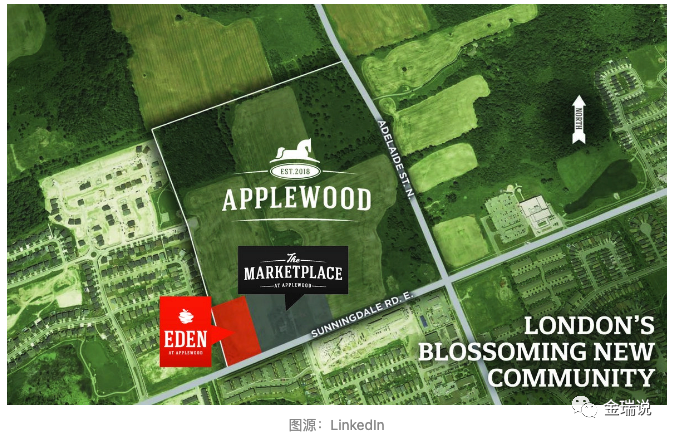This is a group of peaceful courtyards located in the Taoxi River Industrial Heritage Protection and Renewal Area of Jingdezhen.
The overall architectural layout starts from maximizing the preservation of an old tree on the site, and focuses on preserving, repairing, and locally adding to the existing warehouses, dormitories, and distribution rooms, with an area of 8290 square meters.
The design team chose “yard” and “porch” as the main space types.
The camphor tree forest with its canopy touching each other is enveloped by a new double layered wooden corridor.
The bottom floor of the corridor is elevated, and the second floor is completely transparent, creating a quiet atmosphere of the academy, serving as the “spiritual leader” of the entire place.
Around the old wutong tree in the west, a brick courtyard opened inwards, carrying various conference functions.
The ceramic bricks around the old wutong are warm brown, close to the soil, thinner than ordinary bricks, and the size of the bricks is consistent with that of the local kilns in Jingdezhen.
The architect concentrated the guest rooms, with a three story high volume built above the old house in the north, a single corridor facing the outside street for lighting, and a balcony opening towards the camphor forest in the south, overlooking the vast urban landscape and continuous mountain ranges.
The mountain wall of the old warehouse in the south and the paulownia trees attached to it are like an isolated island that has been fully preserved and reinforced, while the rest have been completely removed and overhauled.
To meet its new functions, its roof has been raised by 1 meter, and the gaps between the double eaves generated by the new and old heights have skylight and tree shadows.
The roof truss has been replaced with a steel truss to continue the form of the original wooden truss.
The eastern and western sections of the space have been transformed into a lobby and dining space, which can be opened to the public simultaneously.
Buildings sensitively convey different information and attitudes towards different urban segments around them.
On the east side, the building presents a crawling posture – the forest looks like a transparent screen in winter, a rich and soft wall in summer, and below can be seen a folding corridor eaves topped by black steel columns and several horizontally elongated courtyard walls.
This low entrance corridor descends and descends along a gentle slope with a height difference of 2 meters, crossing through dense forests and extending into the porch outside the lobby.
Old tree trunks and new steel columns together form a new spatial order in architectural design. Answer: Good design will definitely make a qualitative leap in quality of life, and good design will definitely make business more prosperous!.
Whether it’s in daily life, home, or production and operation scenarios, “function” always stands at the forefront of everything! A successful design can definitely make users feel happy and achieve twice the result with half the effort. For example, entering this bedroom can help them sleep well, and customers who come to this retail store will not leave empty handed! It is not difficult to achieve these goals. Designers only need to use ergonomics to control the scale during the production design process, and at the same time, apply materials and colors to create an atmosphere that is in line with the attributes of the use space! Of course, if it were a production and business premises, there would be a slight additional step, which is to create a work/consumption “show” for producers/consumers that lasts for several hours, is rich in content, and has a rich experience!.
Observing and reviewing the dominant architectural design ideas of the past thirty years, using the standard of “reasonable functionality” can already classify a considerable portion of architectural designs as failing (such as huge hollow living rooms, tiny kitchens, and cramped bathrooms…); There is also a considerable number of architectural design projects led by designers and inexplicably participated by homeowners, focusing on pursuing “pseudo high-end” through freehand brushwork and abstract decoration, which is actually a complete waste of both money and resources!.
Answer: It all depends on whether the funds, materials, and manpower required to repair and reinforce a new house exceed those required for new construction. It’s more than just a simple business account! However, the factors that affect the value of a building usually include land location, feng shui, and other objective factors. If these factors are encountered, it is not difficult to make two extra entries in the account..



